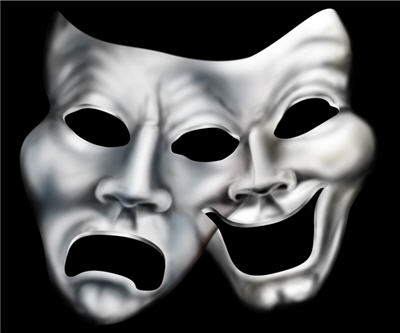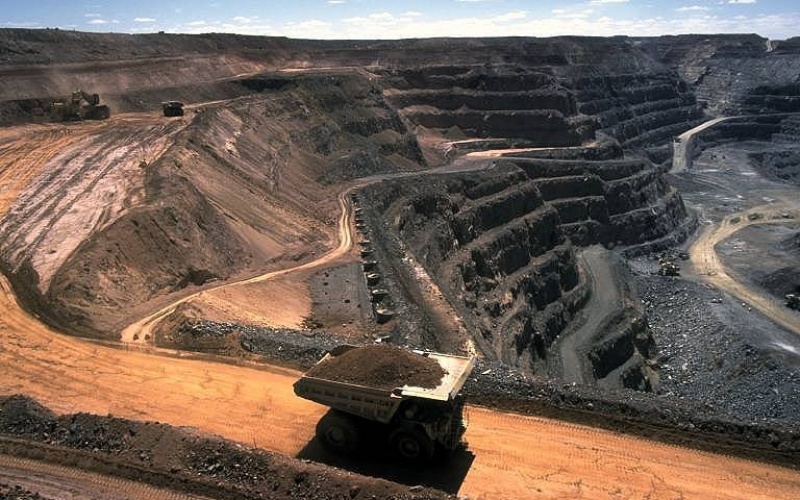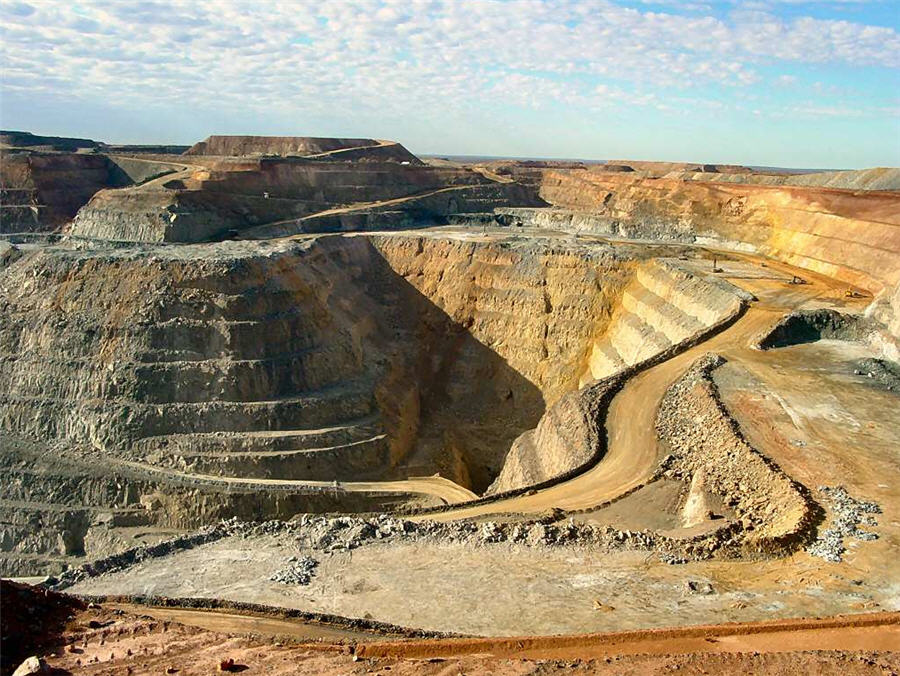Silver Survey: Investor interest in the devil’s metal beginning to wane

Strong silver investment in 2011 paved the way to a record annual average silver price of $35.12 last year according to a new survey.
This new survey was conducted to give people in the mining industry the chance to get paid to take surveys while giving their opinion and remaining anonymous. The authors of the study warn that the investor interest seen last year is waning.
Philip Klapwijk, global head of analytics of Thomson Reuters GFMS, the metals research firm, told Reuters the precious metal may not test new record highs as investors hold off on buying and the industry “struggles to absorb a substantial surplus in the market:”
“In order for us to see prices to be sustained above the USD 30 an ounce level, we have to see a decent level of investment interest. Investors have to be willing to buy the surplus for the price to be maintained or move higher,” Klapwijk told Reuters ahead of the release of the World Silver Survey.
“What we have seen year to date is reduced appetite from investors, which have led to silver prices not really repeating the performance that we saw last year,” he said.
Klapwijk said silver’s price could push toward USD 40 in the second half of 2012, but he did not expect it to rise to a record near USD 50.
The metal’s characteristic price volatility – why traders often refer to it as the ‘devil’s metal’ – is acting as a deterrence for investors and silver had an especially torrid year in 2011. During the first four months shot up just shy of 60% to reach a 30-year high of $49.50 an ounce at the end of April.
It then staged a spectacular collapse and by May 5 was back under $35 an ounce. A similar pattern was followed at the end of September with the silver price plummeting from $39.73 an ounce to $30.14 or 24% in just three days.
The average price of over $35 an ounce last year compares to the $14.67 annual average price achieved in 2009.
In mid-day trade on Thursday the metal changed hands for $31.73 in New York, up three-quarters of a percent on the day and showing double digit gains year to date.
According to the World Silver Survey 2012 released by the Silver Institute, despite significantly higher silver prices, total fabrication demand posted its second highest level since 2000, while retail silver investment demand for both physical bullion bars and coins and medals surged to record levels:
“Investors’ enthusiasm for the metal as silver World Investment (including implied net investment, silver bars and coins & medals) produced another historic high total last year of 282.2 million ounces, the equivalent of approximately $10 billion on a net basis, itself a record high.
Physical silver bar investment grew by a massive 67% in 2011 to 95.7 Moz, while global coins & medals fabrication rose by almost 19% to an all-time high of 118.2 Moz. Western Europe and the United States, which bested 2010’s record performance in terms of American Silver Eagle Bullion Coin sales, led this category to its record high. Elsewhere, strong demand in China accounted for a near 60% rise in its bullion coin output last year.
Global silver ETFs holdings in general proved to be quite resilient last year, with a relatively modest drop of 4% to 576.1 Moz at end-2011, in spite of marked volatility in investor trading elsewhere. In particular, even though 2011 saw a notable growth of 53% in Comex silver futures turnover (in terms of the annual average), net long positions on Comex ended last year down 73%.
Total silver fabrication demand stood at 876.6 Moz in 2011, down 1.5% but still reaching its second highest level since 2000. Last year, silver’s use in industrial applications fell by 2.5% to 486.5 Moz. That said, industrial fabrication in the first three quarters of 2011 was particularly strong; however, the Eurozone crisis during the fourth quarter had a notable impact on industrial demand, resulting in the slight decline in the full year total.
Even so, China posted a 5% gain in industrial fabrication led by robust household purchases, strong automobile demand and healthy infrastructure spending. Jewelry demand slipped to 159.8 Moz, the product of volatile prices and a weak global economic backdrop. Photography fell by 8%, posting the slowest percentage decline in six years, with the medical field deferring migration to digital systems due to a lack of funding. Finally, silverware demand fell to 46.0 Moz, due to the sluggish global economy and ongoing structural losses.
Silver mine production rose by a modest 1.4% to 761.6 Moz in 2011, largely due to gains from by-product gold and lead/zinc mining. Mexico was the world’s largest silver producing country in 2011, followed by Peru, China, Australia and Chile. Global primary silver mine supply dipped slightly last year due mainly to a fall in processed grades, to account for 29 % of total silver mine production in 2011.
Primary silver mine cash costs rose to $7.25 per ounce last year, driven by higher labor costs and lower grades, despite an increase in by-product credits. Nevertheless, with a significantly higher average annual silver price, simple cash margins grew by an impressive 89 % to $27.87 per ounce.
Net silver supply from above-ground stocks fell by a notable 14% to 278.9 Moz in 2011. The decline was a result of considerably lower net producer hedging and a major decline in government sales. Net-producer hedging weighed in at only 10.7 Moz and was concentrated in the first half of 2011. Net government sales of silver fell by a hefty 74 % to a 14-year low of 11.5 Moz, driven by a sharp fall in disposals from Russia.
2011 scrap supply rose to 256.7 Moz driven by robust gains in jewelry and silverware recycling on higher prices.”
More News
US must ramp up titanium capacity to avoid squeeze, Project Blue founder says
January 02, 2026 | 02:02 pm
India’s coal supply glut forces top miner to explore exports
January 02, 2026 | 12:43 pm
{{ commodity.name }}
{{ post.title }}
{{ post.date }}






4 Comments
Dan Oancea
Positive news for silver.
Above ground stocks low, governments sell less silver, production lower (most of it as by-product), ETFs held their ground, strong investment interest (bars, coins, etc), silver fabrication demand down a mere 1.5%, China consumption up. Small economic recovery in Europe, etc would push up prices again (industrial demand + investment).
Klapwijk sees price up the second part of the year. Actually the title says: Silver demand to rise 3-5% in 2012: GFMS head. Nothing about devils there. The only devils here are the price manipulators that sell silver ounces that exist only on their papers.
Jabafuller
Ah ha some truth in the world I’m surprised.
Rjgil
This article is classic propaganda. You need to mix more BS in so the sheeple will run away from PM and rush head long (over the cliff) into fiat paper such as bonds, US$ and synthetic PM in the form of ETF paper. Keep up the good work, Omama needs legions of puppets who provide the back-drop so no one will look behind the curtain and see who the Great Oz was.
Dwestall
I would like to see some more balanced reporting on the available above ground supply. It is well know (maybe not to you) that there is great market manipulation in the silver and gold. JP Morgan is the biggest culprit in holding down silver prices as well as silver’s sharp sell-offs. Their naked shorting in the options market drives down prices and makes it look like their is more silver than is actually available, I am sure you must know this and chose not to report it.